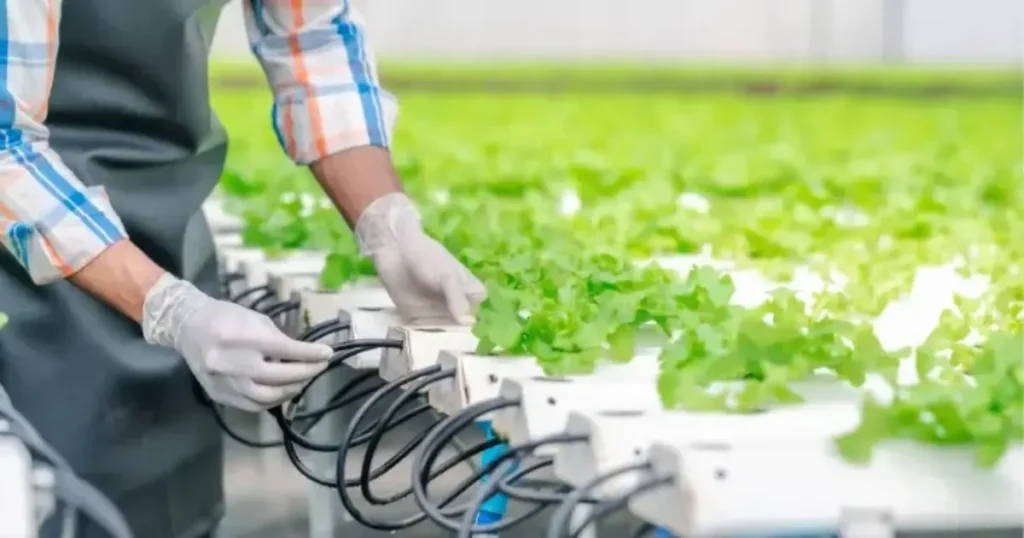7 Powerful Unknown Facts About Hydroponic Farming in India for Sustainable Agriculture
Table of Contents
ToggleIntroduction
Hydroponic farming in India is gaining momentum as an advanced and sustainable farming technique. With rising concerns over soil degradation, water scarcity, and climate change, farmers and entrepreneurs are shifting towards soilless farming methods. However, there are still many hidden aspects of hydroponics that remain unexplored. In this article, we will uncover seven powerful unknown facts about hydroponic farming in India and its impact on sustainability.
1. Uses 90% Less Water Than Traditional Farming
One of the biggest advantages of hydroponic farming in India is water conservation. Unlike conventional soil-based farming, hydroponic systems use up to 90% less water. The water in hydroponic systems is recirculated, reducing wastage and making it ideal for regions facing water scarcity. This fact makes hydroponics a crucial solution for sustainable farming in India.
2. Higher Yield in Less Space
Land scarcity is a growing concern in India, especially in urban areas. Hydroponic farming allows vertical cultivation, meaning farmers can grow more crops in a limited area. Studies show that hydroponic farming can produce up to 10 times more yield per square foot compared to traditional methods. This makes it a game-changer for urban farming and sustainable agriculture.
3. No Need for Chemical Pesticides
Hydroponic systems are grown in a controlled environment, reducing the risk of pest infestations. As a result, the dependency on chemical pesticides is significantly lower. This not only ensures healthier produce but also contributes to organic and sustainable farming practices.
4. Year-Round Crop Production
Traditional farming is heavily dependent on seasonal changes, but hydroponic farming allows year-round cultivation. Since temperature, light, and nutrient levels are controlled, farmers can grow crops throughout the year without worrying about weather conditions. This ensures a steady food supply and is a major step toward sustainable farming in India.
5. Reduces Carbon Footprint
With increasing concerns over carbon emissions from traditional farming, hydroponic farming provides an eco-friendly alternative. Since it eliminates the need for excessive machinery, plowing, and transportation, it significantly reduces the carbon footprint. This makes it an ideal solution for promoting eco-friendly and sustainable agriculture.
6. Suitable for Urban and Rooftop Farming
With rapid urbanization, land availability is becoming a major challenge. Hydroponic farming is highly adaptable and can be implemented in urban spaces, rooftops, and even indoors. This makes it a viable option for Indian cities where space is limited but the demand for fresh produce is increasing.
7. Government Support and Incentives
The Indian government is recognizing the potential of hydroponic farming and is offering subsidies and incentives to promote soilless farming. Various agricultural schemes are available to support farmers and entrepreneurs in setting up hydroponic farms. This financial aid is helping to accelerate the adoption of sustainable farming practices in the country.
Conclusion
Hydroponic farming in India is not just a modern trend but a sustainable solution for the future of agriculture. With its water efficiency, higher yields, chemical-free produce, and year-round cultivation, it is proving to be a revolutionary method for tackling food security and environmental concerns. As awareness grows and government support increases, hydroponics is set to redefine sustainable farming in India.

